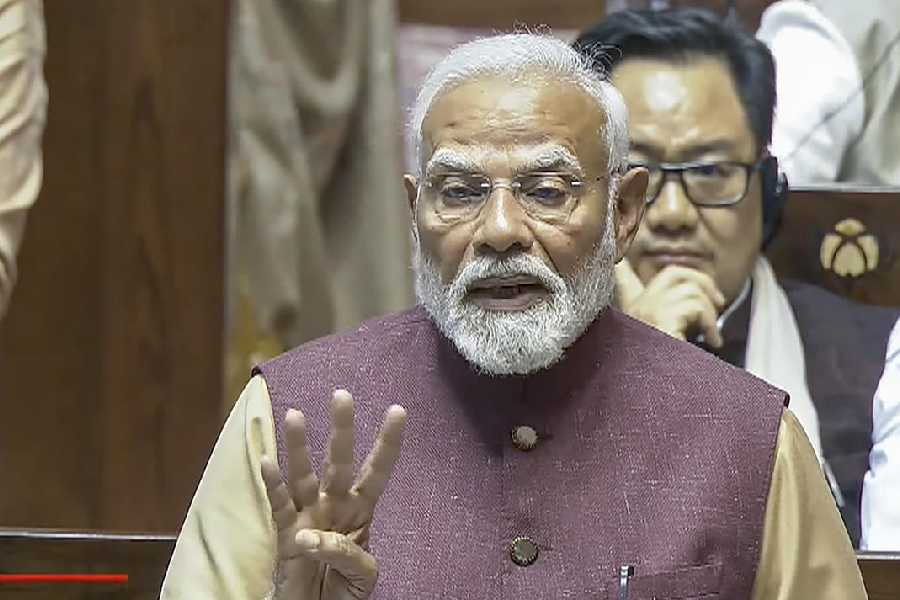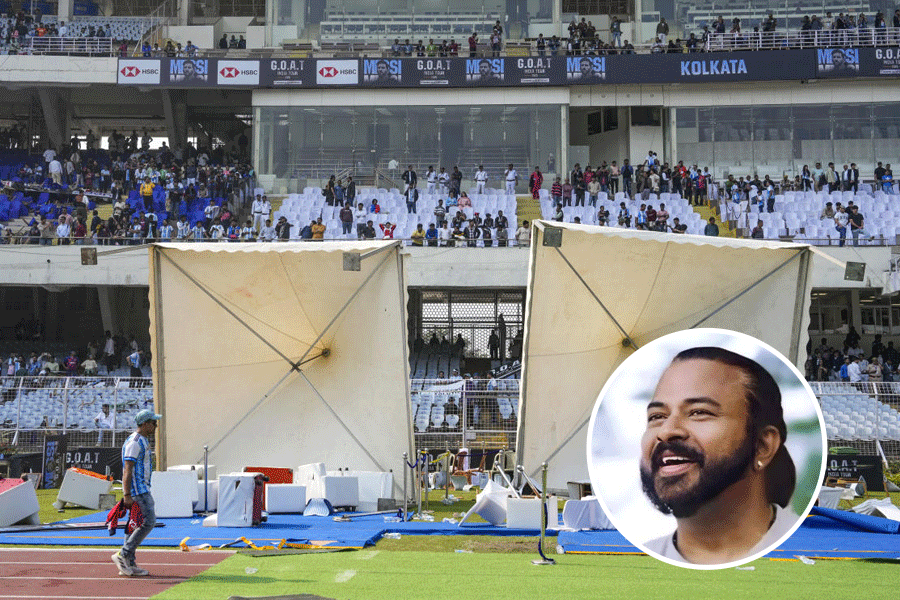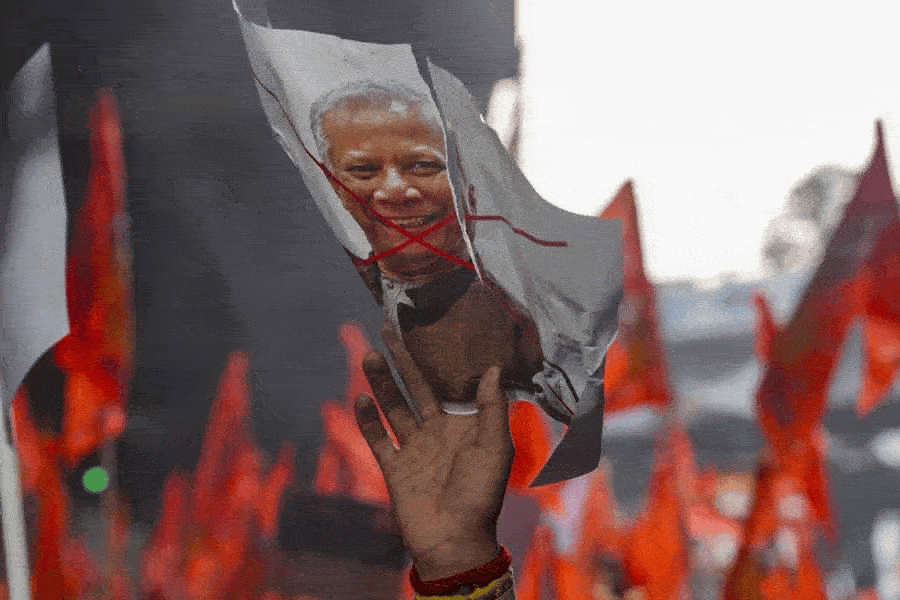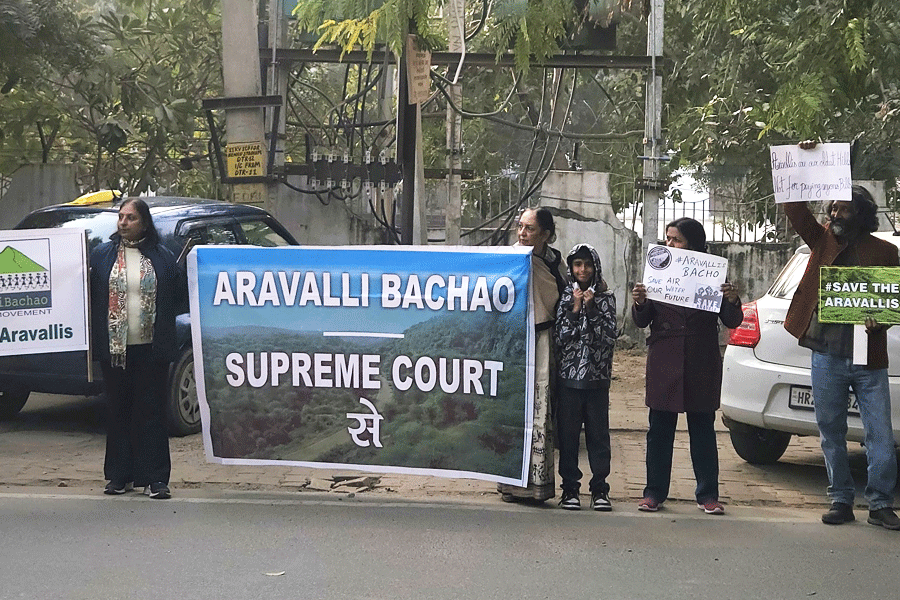Prime Minister Narendra Modi on Thursday blamed the Congress-era licence raj policy for the country's sluggish pace of growth and claimed the whole Hindu community had been unfairly defamed by the "Hindu rate of growth" nomenclature.
"The restrictions and licence raj of the Congress party forced India to become a slow-growing economy. The slow growth was termed the 'Hindu rate of growth'. An entire community was defamed for the wrong decisions of one family," Modi said in the Rajya Sabha during the motion of thanks to the President’s address to the joint session of Parliament.
Modi said Congress rule in those days had forced people to get a licence or permission to buy cement and sugar, import computers and telephones and take gas connections. This led to corruption, he said.
"The father of one Congress MP here had to wait for 15 years to buy a car with his own money. For a scooter, people had to wait for 8-10 years. For selling it, the government's permission was required,” he said.
Modi contrasted that situation to the present time and said his government had done away with the licensing system and the world was now witnessing "Bharat growth rate".
Economist Sukhadeo Thorat, an emeritus professor at Jawaharlal Nehru University (JNU), said the term had nothing to do with Hindu religion. He said Raj Krishna, then a member of the erstwhile Planning Commission, had coined the term "Hindu rate of growth" in 1978 to describe India’s sluggish economic expansion between the 1960s and 1980s when GDP growth averaged around 2-3 per cent.
"The term was coined to refer to the Indian model of growth which was state-led growth. It had nothing to do with religion. The GDP was around 2-3 per cent since the focus of (first Prime Minister) Jawaharlal Nehru was on the public sector. He believed the revenue generated by the public sector would be utilised for health, education, employment and infrastructure," Thorat said.
Labour economist Santosh Mehrotra, a visiting professor at the University of Bath, said the growth rate was around 3.5 per cent, which when written resembled "Om". He said the term was used for India's growth rate and the word "Hindu" was only coincidental.
There is, however, another theory. Many believe that the term "Hindu rate of growth" was coined in 1978 when the Janata Party government was in office supported by the Janasangh, the previous avatar of the BJP, and Atal Bihari Vajpayee and L.K. Advani were ministers.
"No one has taken objection to the term like the Prime Minister. If he blames the Congress for the slow growth rate, whom will he blame for the decline in the growth rate during his tenure compared to the term of the UPA government?" Mehrotra asked.
In the Lok Sabha, leader of the Opposition Rahul Gandhi said the NDA government's "Make In India" initiative to augment manufacturing was a dud. Rahul had argued that the programme had failed to tackle unemployment. He said the manufacturing sector, which accounted for 15.3 per cent of the GDP in 2014, has fallen to 12.6 per cent.
Modi said his government had started a production-linked incentive scheme to encourage manufacturing. India is the second largest producer of mobile phones and steel. He said defence manufacturing exports increased 10-fold in the last decade while toy exports had witnessed a three-fold increase. The production of khadi and village industries goods had increased four times.











